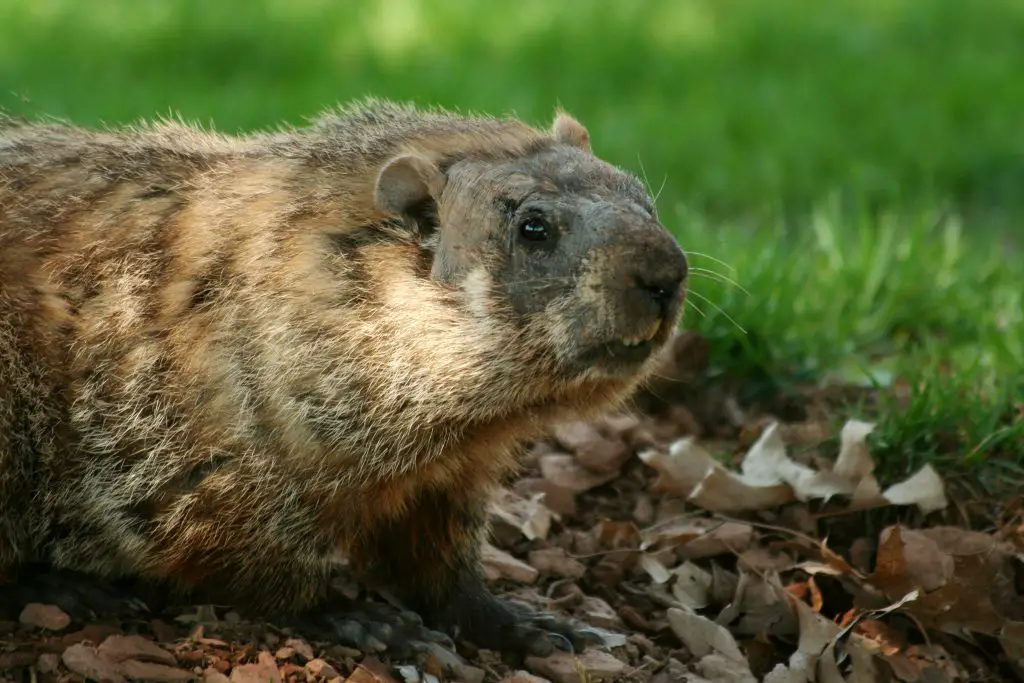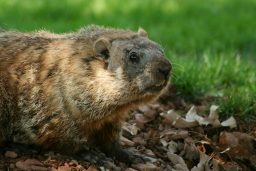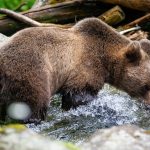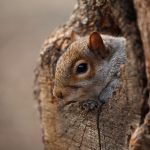Yes, most woodchucks do hibernate. But it do depend on the temperature in the area where they live.

There is an event based on the superstition that if a woodchuck emerges from their burrow on a certain day and sees their shadow, they will retreat to their burrow for six more weeks of winter.
This belief is based on the reality that woodchucks do indeed hibernate throughout the winter months. It is true that the grey marmot (Marmota baibacina), which is a close relative of the woodchucks, can hibernate for up to 7 or 8 months at a time.
In general, woodchucks who are inactive throughout the winter are those that reside in places where the temperature decreases significantly. Woodchucks go into a condition of torpor for extended periods during hibernation, hibernating for durations of up to a week at a time. This equates to around 150 hours of work.
However, it has been demonstrated that they have periods and during that, they wake up from this state for approximately 40 hours before returning to torpor.
Woodchucks’ complete hibernation period is determined by the location in which they inhabit. Woodchucks hibernate for an average of three months in most of the habitats where they reside, however some may only hibernate for as little as three months.
Woodchucks have a complicated burrow structure that is advantageous for hibernating purposes. These are a type of animal that goes into genuine hibernation, which means that they spend an entire winter hibernating. The fact that they are underground also helps to keep them warm in the winter.
How do woodchucks hibernate?
When a woodchuck goes into hibernation, it goes through a process that is distinct from its typical sleep cycle. It is a lengthy procedure that necessitates extensive planning to be successful.
Woodchucks are found in a variety of habitats, including areas with harsh winters. They are susceptible to extremely low temperatures, which have a significant impact on the availability of food in the area.
Because of these environmental conditions, the vegetation reduces significantly, and the Woodchucks are unable to find enough food to survive. It is for this reason that they have developed a method of resting for lengthy periods while keeping their metabolism at a basic minimum to ensure their survival.
There are two main cycles of hibernation
1: Preparation phase 2: Hibernation phase
- 1: Preparation Phase
Their lengthy torpor necessitates that the woodchucks prepare. During the months coming up to winter, they would gorge themselves on as much food as they can get their hands on. This will help the woodchucks to preserve nutrients in their body, which will then be slowly processed when they are hibernating, allowing them to survive the winter.
During the months leading up to hibernation, these creatures engage in behaviors such as fat storage, reproduction, and social interaction with one another. It is expected that they will be at their heaviest for the year whenever they hibernate.
- 2: Hibernation Phase
When a woodchuck enters the hibernation period, its metabolism might be reduced by up to 90 percent, depending on the species. Their heart rate will decrease to 4-10 beats per minute, and their body temperature can drop to as low as 35 degrees Fahrenheit.
Despite the fact that it is not entirely obvious why it is believed that they have brief bursts of activity in order to maintain cellular function and carry out the elimination process. They will have lost around half of their body weight by the time they emerge.
When the winter is prolonged for a few more weeks, these creatures are more likely to remain in a state of torpor. The fact that certain young people have a lower body weight causes them to consume so much of their body’s reserves which can result in their death as a result.
How do woodchucks sleep?
Woodchucks prepare for their hibernation periods, as we have already explained. It is a complicated state that necessitates the presence of specific conditions. When they are ready to hibernate, they begin preparing their burrow, which is often deeper than where they are situated at other times of the year. Once the burrow is ready, they begin to hibernate.
Woodchucks congregate to sleep in flocks. The family group enters the burrow and then constructs balls of earth, excrement, and even pebbles to serve as a plug to seal off the opening to the burrow. This will aid in keeping the heat contained within the burrow chamber.
Because of the close proximity of the bodies in such a small space, sleeping in a flock can also lead to maintaining a higher temperature.
Are Woodchucks Nocturnal During Hibernation?
Woodchucks’ nocturnal behavior is not observed during hibernation. They typically undergo a deep sleep-like state, where their body temperature, heart rate, and metabolism drop significantly. During this time, woodchucks conserve energy and rely on fat reserves accumulated in preparation for the winter months. However, outside of hibernation, woodchucks are diurnal creatures, being active during the day and sleeping at night.
How long do woodchucks sleep?
Even in the summer, they can sleep between 16 and 20 hours each day, depending on the weather. When compared to the 150-hour sleep stretches that occur during hibernation, this is still a large amount of sleeping time to get through the day.
Woodchucks are not only nocturnal, but they are also a hibernating species, which means they will sleep for weeks at a time during the winter.
When they are not hibernating, they are not the most active of mammals, but they are still not the most active of all.











